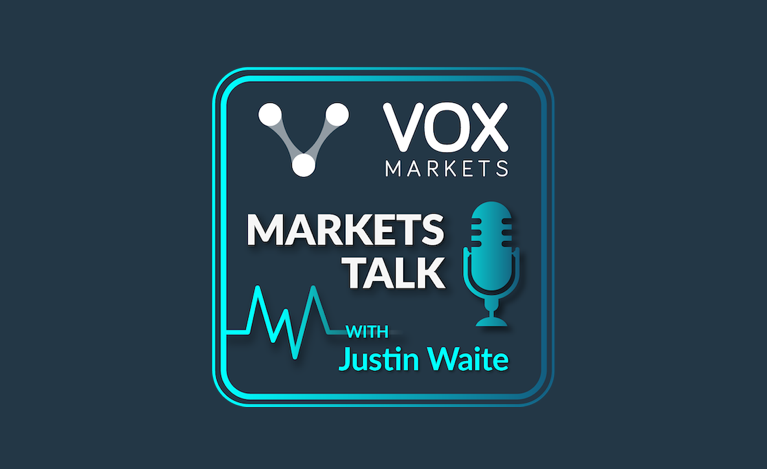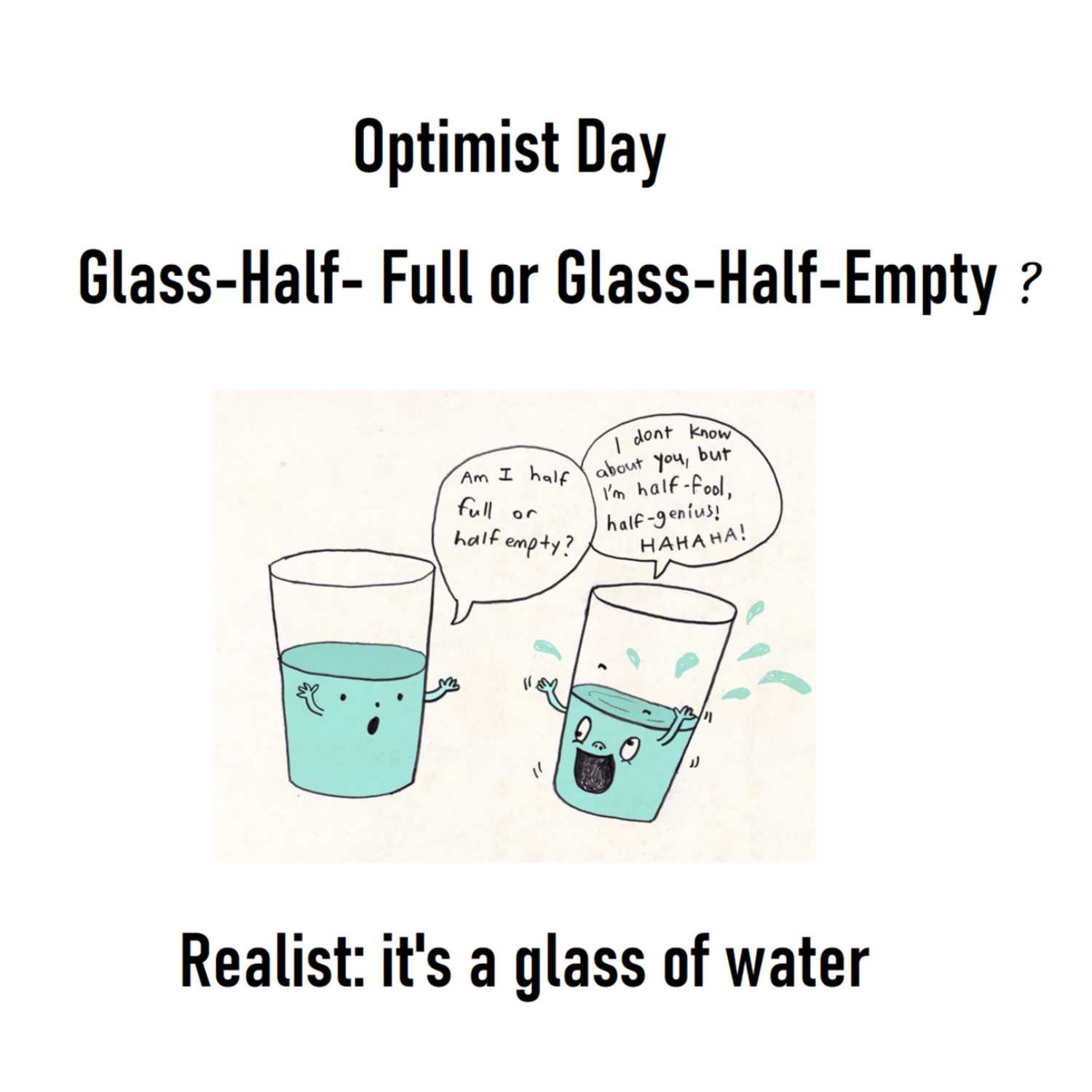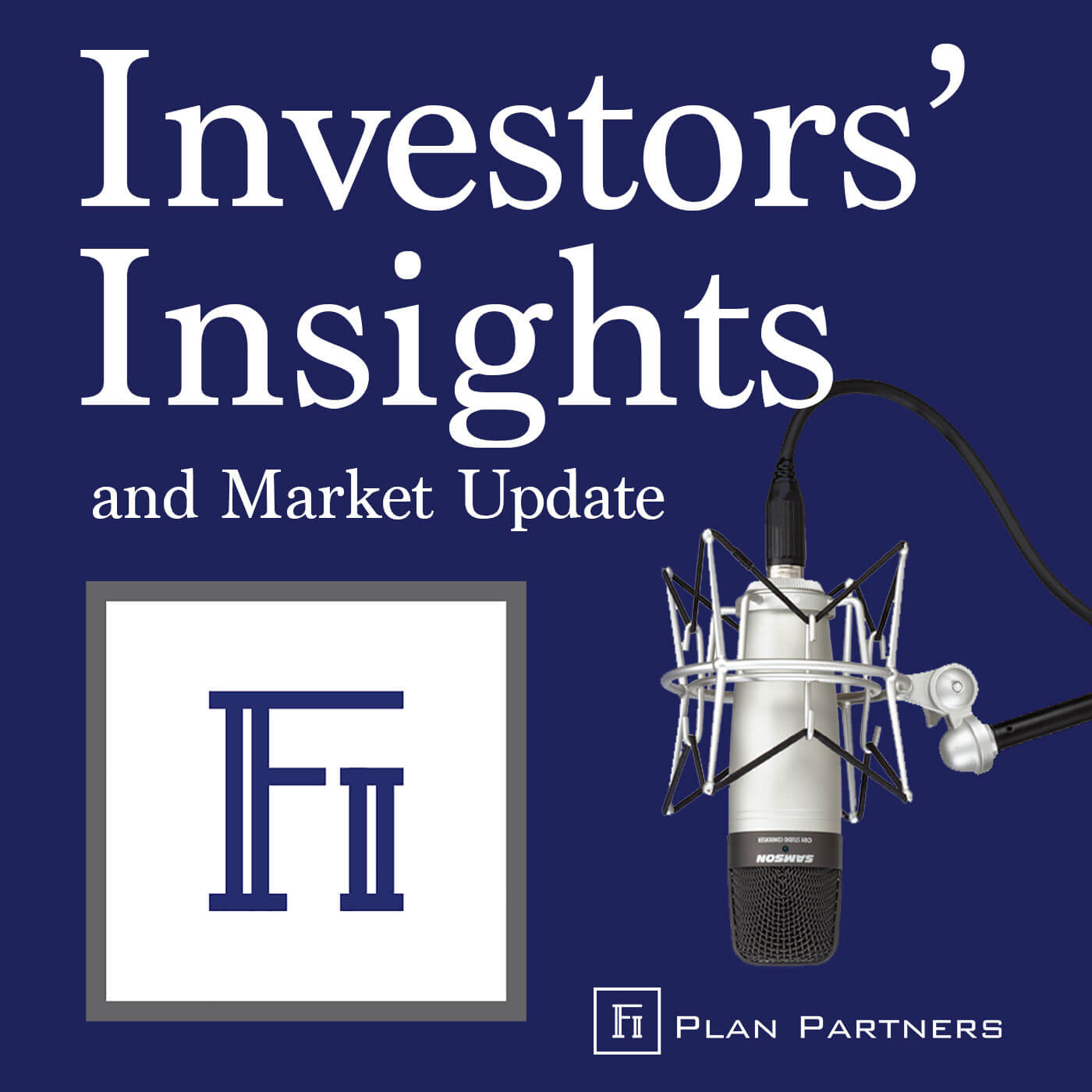- After-Shows
- Alternative
- Animals
- Animation
- Arts
- Astronomy
- Automotive
- Aviation
- Baseball
- Basketball
- Beauty
- Books
- Buddhism
- Business
- Careers
- Chemistry
- Christianity
- Climate
- Comedy
- Commentary
- Courses
- Crafts
- Cricket
- Cryptocurrency
- Culture
- Daily
- Design
- Documentary
- Drama
- Earth
- Education
- Entertainment
- Entrepreneurship
- Family
- Fantasy
- Fashion
- Fiction
- Film
- Fitness
- Food
- Football
- Games
- Garden
- Golf
- Government
- Health
- Hinduism
- History
- Hobbies
- Hockey
- Home
- How-To
- Improv
- Interviews
- Investing
- Islam
- Journals
- Judaism
- Kids
- Language
- Learning
- Leisure
- Life
- Management
- Manga
- Marketing
- Mathematics
- Medicine
- Mental
- Music
- Natural
- Nature
- News
- Non-Profit
- Nutrition
- Parenting
- Performing
- Personal
- Pets
- Philosophy
- Physics
- Places
- Politics
- Relationships
- Religion
- Reviews
- Role-Playing
- Rugby
- Running
- Science
- Self-Improvement
- Sexuality
- Soccer
- Social
- Society
- Spirituality
- Sports
- Stand-Up
- Stories
- Swimming
- TV
- Tabletop
- Technology
- Tennis
- Travel
- True Crime
- Episode-Games
- Visual
- Volleyball
- Weather
- Wilderness
- Wrestling
- Other
Cautiously Optimistic
Pre-Election Today, we have a chart to help us talk about pre-election years compared to 2023. They say that history doesn’t repeat itself, but it sure does rhyme, and it’s remarkable how, on the chart, it shows that every pre-election year average has lined up to be symmetrical. There was a big difference in March due to the bank failures where the government stepped in and helped, so it didn’t expand. But now we’re in this time where the trend has flatlined. Historically, it has stayed flat through November, before a Santa Claus rally near the end of November and into December. Again, there are no guarantees, and history doesn’t have to repeat itself, but we find it interesting when you see something like this. Eurozone Stocks Last week, we talked about how a government shutdown, which is looking more likely to happen on October 1st, usually doesn’t lead to a long-term downtrend in stocks. We had a client ask about adding more exposure to eurozone stocks when the US is in the middle of a shutdown, so we wanted to discuss that. While we are big believers in diversification across asset classes, sectors, and different markets, we wanted to show two charts of why we remain overweight to US markets and underweight eurozone markets. The first chart shown in this episode reveals the Global Purchasing Managers Composite Index. The PMI is an index that shows the direction of economic trends in the manufacturing and service sectors. It summarizes whether market conditions are expanding, staying the same, or contracting as viewed by purchasing managers. The purpose of the PMI is to provide information about current and future business conditions. A reading above 50 represents an expansion, and a reading under 50 symbolizes a contraction. The current PMI of the eurozone is 46.7, which reveals contraction. The current reading of US PMI is 50.2, which means expansion. The second chart in this episode shows earnings estimates trending up for the S&P 500 and earnings estimates trending down for the European index. Corporate earnings are a key market driver, and estimates look better in the US than in the European index. So, in summary, we are allocated heavily towards US markets even with the threat of a government shutdown because the US economy and corporate earnings estimates are trending better than the eurozone. The Federal Reserve The markets reacted negatively to what the Fed gave us on Wednesday last week, but why did the markets react that way? The Fed did exactly what we expected them to do when we talked on Monday’s vlog last week. We expected them not to take any action, and the Fed left rates exactly where they are. However, the market quickly fell off 2.8% to close the week. This is likely due to what the Fed said they would do going forward. The Federal Reserve, at each of their meetings, projects where they expect the Fed funds rate, which they directly control, to be next year and in the following few years. In their July meeting, they expected the average Fed funds rate to be 4.6% in 2024. In this most recent meeting, they increased that up to 5.1%. That’s effectively saying that there will be two more rate hikes, on average, between where we are today and where everyone expected us to be over 2024. That is a massive tightening without having to do a single thing, and the market immediately reacted with higher interest rates and lower stocks. Looking globally, the ECB didn’t imply higher rates; instead, they increased rates again, even though their economy is weakening. The European Central Bank hiked interest rates by 25 base points. This week, the Bank of England is expected to hike interest rates by another 25 base points as well. Our Fed is projecting strength while the European Central Bank and the Bank of England must continue to hike rates, even though they’re slowing. This is something that is concerning. The international market seems to be weakening, and the US appears t





















